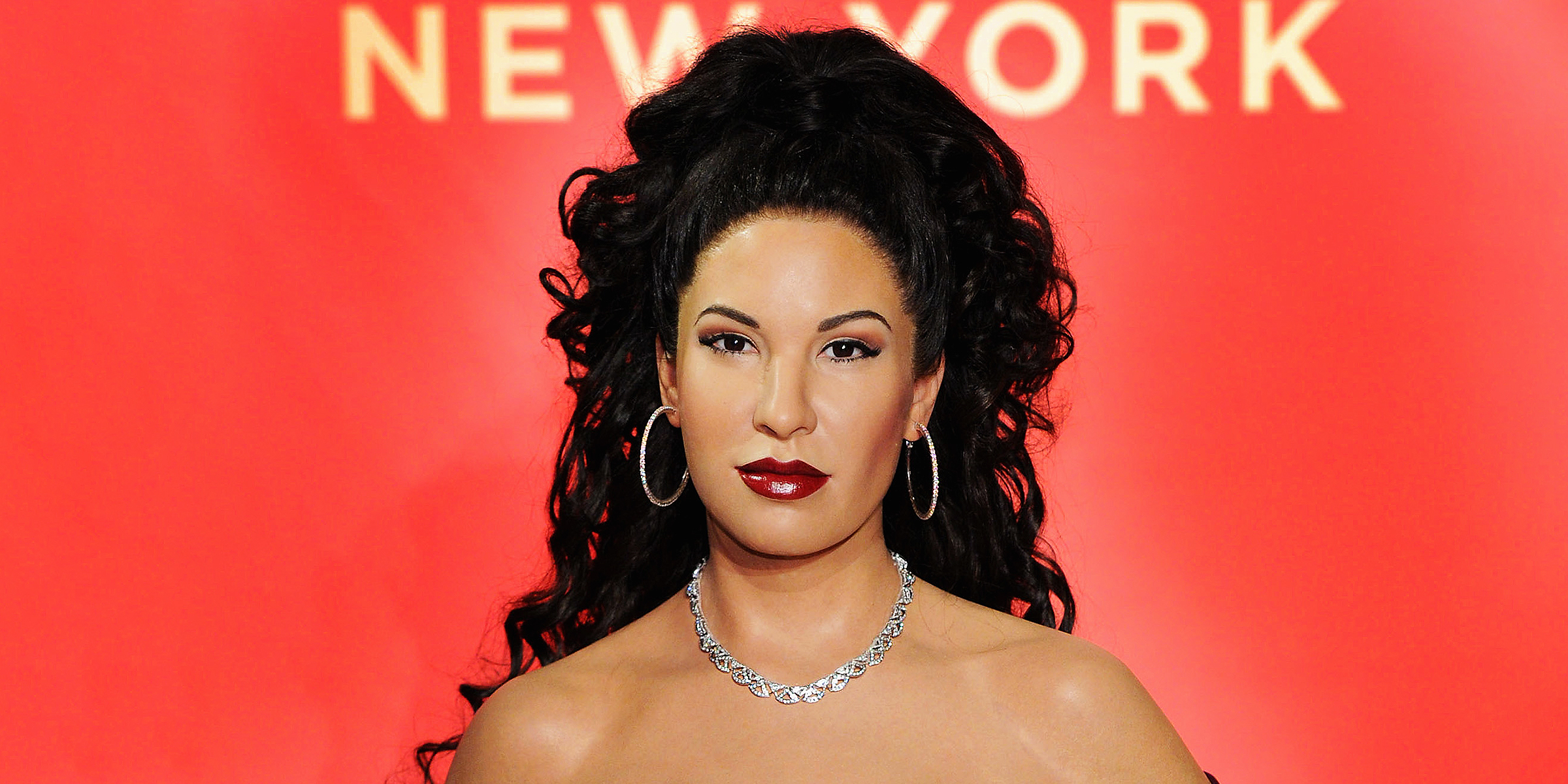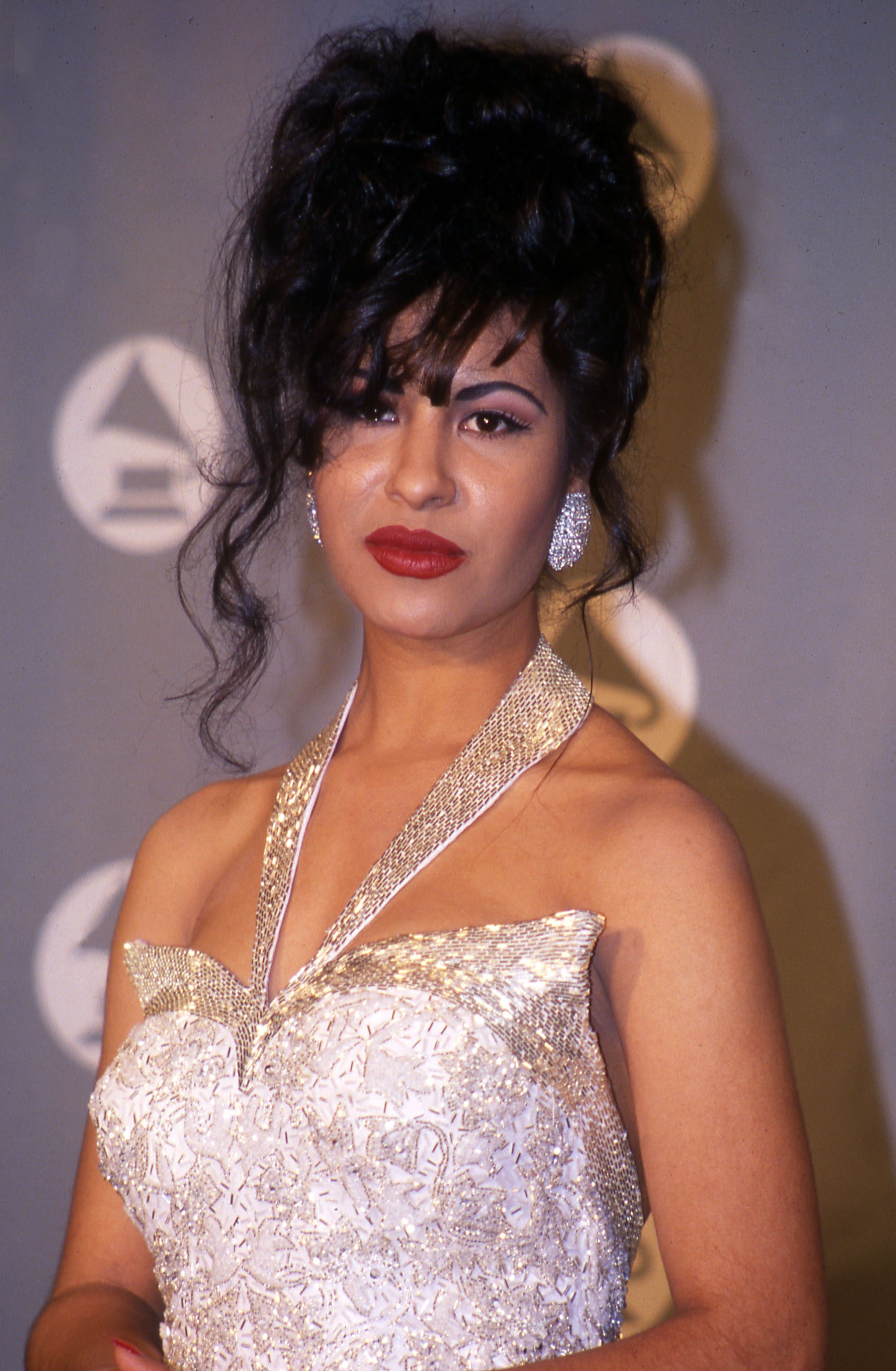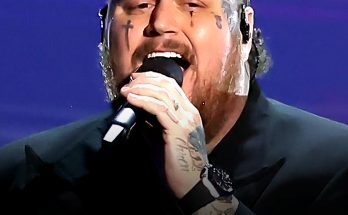
Selena Quintanilla Last Words Before She Died – Details Behind Her Tragic Murder
Just hours before her death, Selena Quintanilla walked into a motel room with someone her family no longer trusted. What followed was a gunshot heard by nearby guests. Her final moments became the basis of the case that followed.
In the hours before police tape surrounded a Corpus Christi motel, Selena Quintanilla had been handling what appeared to be a routine matter involving missing paperwork. The meeting had been arranged privately and carried no public signs of danger. What took place behind that closed door would bring her life and career to an abrupt end.
The aftermath would involve recorded negotiations, forensic testimony, and a parole file that remains active to this day. As investigators retraced the timeline, they uncovered details that pointed to the events of that morning and decisions and suspicions that had surfaced weeks earlier. The full account begins long before the gun was fired.
Who Was Selena Quintanilla?
Selena was born in Lake Jackson, Texas, the youngest of three children in a working-class Mexican-American family. Her father, Abraham Quintanilla Jr., once a member of the band Los Dinos, recognized her musical talent early — by the age of six, she was already singing in tune.
In 1980, he left his job at Dow Chemical to open a Tex-Mex restaurant, where Selena performed with her siblings. The business failed within a year, forcing the family to sell their home and most of their belongings. That loss became the start of Selena’s full-time music career.
The family formed the band Selena y Los Dinos and began performing at weddings, fairs, and small venues across South Texas. Touring in a van with few comforts, they often shared meals and earnings. At just nine years old, Selena was singing live shows while continuing her education by correspondence after leaving school in the eighth grade.
She later earned her high school diploma through a mail-in program. By 15, Selena had won Female Vocalist of the Year at the Tejano Music Awards. Over the next few years, she released several albums and gained widespread recognition in the Tejano genre — a style that blends Mexican and American influences, with roots in German polka.
Despite her success in Spanish-language music, Selena didn’t grow up fluent in the language. She initially learned to sing her lyrics phonetically and began formal Spanish lessons in the early 1990s to better engage with fans and media.
In 1994, she won a Grammy Award for Selena Live and released Amor Prohibido, which sold more than 500,000 copies. By then, she had performed to crowds of up to 80,000 people. She was preparing to cross into the English-language market and had already recorded three songs for what would have been her debut crossover album.
That same year, she made a brief appearance in the film Don Juan DeMarco as a mariachi singer. Although critics compared her to Madonna for her fashion-forward image, Selena remained connected to her roots. She lived in a modest Corpus Christi neighborhood, in one of three homes shared by her family.
Her style — bold makeup, midriff-baring outfits, and shiny accessories — sometimes clashed with her father’s conservative values. Still, she maintained a reputation for humility and approachability. Her only luxury was a red Porsche Carrera, which she parked in the driveway of her family home.
As her music career expanded, so did her business ventures, including clothing boutiques and a fast-growing fan club. Overseeing both was someone she and her family had once welcomed into their inner circle.
Who Was Yolanda Saldívar and What Was Her Role in Selena’s Business?
Yolanda Saldívar was Selena’s devoted fan who later became president of the singer’s official fan club. In addition to managing fan relations, she was eventually placed in charge of Selena Etc., a boutique business with locations in Texas and plans to expand into Mexico.
Over time, Yolanda became a trusted figure within the Quintanilla circle. She handled correspondence, oversaw merchandise, and was entrusted with boutique operations and financial records. She traveled with Selena, maintained regular contact with the family, and was considered a close friend.

Selena on the night she accepted her Grammy Award for Best Mexican Album, on March 9, 1994 | Source: Getty Images.
But by early 1995, members of the fan club began reporting that they had paid for items they never received. At the same time, discrepancies appeared in boutique accounts. These issues led to a meeting on March 9, where the Quintanilla family confronted Yolanda about the missing funds and requested documentation.
She did not provide the paperwork at that time but continued to insist she had it. In the weeks that followed, Selena decided to collect the documents directly from her.
What Happened the Morning Selena Was Shot?
On the morning of March 31, 1995, Selena arrived alone at the Days Inn motel in Corpus Christi. She had arranged to meet Yolanda in Room 158 to retrieve the financial documents that had not been turned over after multiple requests.
Selena intended to resolve the matter quietly and bring closure to the growing dispute. What exactly occurred inside the room in the minutes that followed remains partially disputed, but the sequence of events afterward was corroborated by witness testimony and physical evidence.
Around 11:48 a.m., a single gunshot was heard by motel guests and staff. Selena fled the room, bleeding from a gunshot wound in her upper back. She ran approximately 100 feet to the lobby, leaving a trail of blood behind her as she called out for help.
Multiple witnesses saw her push through the glass doors, visibly injured and in distress. It was there, in the final moments of consciousness, that she uttered her final words.
What Did Selena Say After Being Shot?
As Selena entered the motel lobby, she was seen by front desk clerk Shawna Vela, who later testified during the murder trial. Selena was bleeding heavily and appeared disoriented but conscious. According to Vela’s account in court, she heard Selena scream, “Help me! Help me! I’ve been shot!”
She also recalled the singer urgently warning, “Lock the door! She’ll shoot me again!” Moments later, Selena collapsed onto the floor, her hands over the wound where the bullet had exited from her chest. As she lay near the front desk, she gave what would be her final spoken words: “Yolanda… 158.”
The statement identified both her shooter and the motel room where the incident occurred. Paramedics arrived within two minutes of the 911 call. By that time, Selena had lost significant blood and was no longer breathing. She was transported to a local hospital, where attempts to revive her were unsuccessful.
What Happened Immediately After the Shooting?
After the shooting, Yolanda exited Room 158 and made her way to the motel parking lot. She got into a red pickup truck registered in her name and remained inside with the same .38-caliber revolver. Police arrived shortly afterward and quickly located her in the vehicle. For the next several hours, she refused to surrender.
What followed was a nearly ten-hour standoff between the killer and law enforcement. Police negotiators communicated with her by cellular phone and recorded the conversations, which were later played during her trial. Throughout the standoff, Yolanda alternated between emotional outbursts and suicidal threats.
She repeatedly expressed fear of being harmed and made several contradictory statements about the shooting. At one point, she told police, “I wanted to kill me — not her — me, me.” In another recording, she was heard saying, “I didn’t mean to hurt you, Selena. It was an accident.”
She also begged officers to shoot her and voiced concern that others would kill her if she exited the truck. Eventually, after hours of negotiation, police coaxed her out of the vehicle and placed her under arrest without further incident.
What Was Presented at Yolanda’s Trial?
Yolanda was charged with first-degree murder in the shooting death of Selena. The trial, held later in 1995, focused on two opposing narratives: the prosecution argued that the act was premeditated, while the defense claimed it was a tragic accident during a confrontation.
According to the prosecution, the motive stemmed from Selena and her family confronting Yolanda about missing financial records linked to the singer’s boutiques and fan club. Forensic experts testified that the bullet entered Selena’s upper back and exited through her chest, damaging a major artery and lung.
The location of the wound supported witness statements that Selena had been walking away when the shot was fired. Motel employees also testified that they saw Yolanda pointing the gun at Selena as she attempted to flee after being shot.
The defense acknowledged that Yolanda pulled the trigger but claimed she had intended to harm herself, not Selena. They stated the gun discharged by accident during an emotionally charged conversation. However, the jury found the evidence of premeditation sufficient to convict.
Yolanda was found guilty of murder with a deadly weapon and sentenced to life in prison with the possibility of parole after 30 years.
How Did Fans and the Public Respond?
In the days following Selena’s death, thousands of fans gathered in her hometown of Corpus Christi to pay their respects. A public memorial was held at the Bayfront Plaza Convention Center, where as many as 50,000 mourners filed past her steel casket surrounded by long-stemmed white roses.
Some mourners traveled from as far as California, Canada, and Guatemala. The grief was immediate and widespread, with many in disbelief over the circumstances of her death. Rumors began to circulate outside the memorial that Selena’s body wasn’t inside the coffin.
In response, her family decided to briefly open it for public viewing to put the speculation to rest. She was laid out in a slinky purple gown, with her lips and long nails painted in deep red. Her death marked not only the loss of a beloved performer, but also the loss of a young woman who was on the verge of national stardom.
While fans gathered to mourn publicly, those closest to Selena were left grappling with private grief. Among them was her husband, Chris Pérez, who has since shared how deeply her death affected him.
Who Was Chris Pérez, and What Did He Say About Losing Selena?
Chris was Selena’s lead guitarist and husband. The two met while performing together in Selena y Los Dinos and developed a romantic relationship during their early years on the road. Chris later recalled that their bond grew quickly, saying in 2017, “We got to live a fast and crazy life as kids. I believe I was 20 when we first started getting serious with each other.”
They eloped on April 2, 1992, after facing opposition from Selena’s father, Abraham, who initially disapproved of the relationship. Chris was temporarily removed from the band but rejoined after the family eventually accepted their marriage. During their separation, the couple exchanged handwritten letters.
In one, Selena wrote, “I wish that everyone would leave me alone and can’t they see I love you. Maybe they think I’m playing games or something… I love you always, Selena.” Chris later described her death as the most difficult moment of his life.
Chris has continued to honor Selena’s memory publicly. During her Walk of Fame ceremony in 2017, he said, “It’s one of those bittersweet things, but it’s amazing that she’s still in people’s minds.”
Nearly three decades after Selena’s death, the case resurfaced in public conversation as the woman convicted of her murder became eligible for parole under the terms of her original sentence.
Was Yolanda Saldívar Granted Parole in 2025?
Yolanda’s first parole eligibility date was set for March 30, 2025. As that date neared, the Texas Board of Pardons and Paroles began reviewing her case, which included interviews, official records, and input from victims’ families. On March 27, 2025, the board formally denied her request for parole.
According to their statement, the decision was based on the “nature of the offense” and the board’s assessment that she posed an ongoing risk. The panel cited the case’s elements of “brutality, violence, assaultive behavior or conscious selection of victim’s vulnerability.”
It concluded that Yolanda showed a “conscious disregard for the lives, safety, or property of others.” The board scheduled her next parole review for March 2030. Following the parole board’s decision, Selena’s family and her widower, Chris, released a joint public statement addressing the outcome.
“Today, we are grateful that the Texas Board of Pardons and Paroles has chosen to deny parole for Yolanda Saldívar,” the statement read. “While nothing can bring Selena back, this decision reaffirms that justice continues to stand for the beautiful life that was taken from us and from millions of fans around the world far too soon.”
They continued, “Selena’s legacy is one of love, music, and inspiration. She lived with joy, gave selflessly, and continues to uplift generations with her voice and her spirit.” The statement concluded with a message of appreciation and remembrance.
“We thank Selena’s fans for their unwavering support throughout the years. Your love has been a source of strength and healing. We will continue to celebrate Selena’s life — not the tragedy that took her from us — and we ask that all who cherish her do the same,” it read.


